Ah, freedom! You can just smell it, eh.

Chief Emmitt Liquatum of Yale in 1881.
What do you see? A leader a generation past a genocidal invasion, in which Gatling guns set up on his trails mowed his women and children down, wearing the badges of ceremonial honour and kingship from the mixed-cultural regime of Hudson Bay Company rule that preceded the disaster, and likely presenting himself as a courtly equal to Queen Victoria? Or a man who spent the wealth of his land on valueless things? I hope, as a Cascadian, you see yourself.

What do you see? Queen Victoria? A woman at the ceremonial head of a mercantile and military empire circumscribing the globe, wearing the courtly regalia of her role as Queen of England and India, in order for the British parliament and mercantile and military apparatus to maintain access to courtly power, both in England and throughout its empire, more of a symbol than a person? Chief Liquatum’s equal? I hope you see yourself.

Look further. This dress-up game in which people negotiate violence, defence and governance through the display of class symbols gets tiring.

So, what do you see below?

Queen Victoria? A syilx gathering ground dressed up in lace? A Canadian vineyard above Skaha Lake in the Okanagan Valley, the Napa of Canada and one of the more northerly plantation regions of Cascadia? Or a display of class symbols displaying allegiance to an inherited English class system and access to its courtly privileges? Wine priced $10 or $15 a bottle too much to pay for the expensive privilege of owning such a choice parcel within the land allotment system of the Crown? The decorations and ease that bank loans and capitalization can provide? Cascadians, American, Canadian and Indigenous, payment for this life of privilege comes from the future and from the land — and from you. It’s a big tourist business. I hope you see yourself under pressure.

Pressure
What do you see here? A dry grassland (called a desert) made to bloom, that is to say reclaimed from the devastation of Eve’s Sin and Adam’s weakness (aka affection) by the simple application of water at Grand Prairie, aka Westwold? A syilx horse pasture now growing lawn turf? An application of the technologies of the Imperial Court, applied to Indigenous land in order to transform it into an image of a distant imperial centre and to harness the power of the sun and earth upon it to produce the products of that imperial centre in its own de-localized image, which can be sold to it as it can purchase nothing else, to “earn” value and acceptance (and participation) within the economically-based power structures of the court? Or just blind destruction of potential? I hope you see yourself.

Your Self
Corn planted in plastic in order that they can thrive in a foreign climate without labour input. For Indigenous Cascadians, this is what attempts to thrive in a foreign-imposed political system look like, sort of.
Here in Cascadia, we have been preparing for life on Mars for a long time. In fact, in the dominant culture in this place, Earth is treated as an extra-human planet, much like Mars.
 Invasive Weed Community in Vernon (Mars)
Invasive Weed Community in Vernon (Mars)
Canadians and Americans are weeds here. It hurts to say it, but it’s true. We are an invasive species unless we fit into the ecosystem.

Life at Grand Coulee (Exoplanet Version)
For this life-form, the ecosystem is a series of “natural” laws poisonous to biological life forms.
What has sustained us is our courtly behaviour, and the continued good will of the Earth. In other words, all of the class-based behaviour on display here has been for human entertainment, and for negotiating power-relationships between humans by non-violent means, using the Earth as a de-personalized tool. That does beat bloody violence, that’s for sure, but it’s still a violence. Plus, it’s presumptuous. All of this human display has taken place within the administration of the Earth. It’s much what one would expect from those other domesticated animals, chickens, horses and cattle, for instance, happy in their herds within the organizational plans of “owners.”

OK, Maybe Not So Happy in Kiona (Yakama)
In our case, the owner is the Earth, and any place at which she has voice. That does include environmental organizations and stewardships, indigenous culture keepers, and others, even governments, to the extent to which they care for her, especially insofar as their behaviour takes leadership from her and her non-human social needs.

Lolo Lake (Nimi’ipu’u)
In other words, reclassifying “human” as “earth” or “earth steward” is going to benefit us all by benefitting the land. God knows, it could use it.

Lewiston, Idaho (Nimi’ipu’u)
Even the Moon is local in our country.
Grounding is invaluable. It locates. It places. It says “things are points of placing” or of “attention” (one attends, waits on, is ready to act in service of) and that they are not general (a deadly, depersonalizing, class-based game).

Humans are Points of Placing or Attention
The attention, placed, becomes human. A human approaching a point of attention, becomes the Earth. If the human chooses instead to just push the attention away, that pushing becomes the attention. There is no escape from this. It was one of the lessons of Buchenwald, despite its violent attempts to reverse class roles and redefine who was human and who was not.
Grounding opens a point in the Earth by an application of will. When all life is in the Earth rather than in human attributions or neutral “natural laws and forces”, when given an offering of great value (a seed), the Earth will return the gesture, with the addition of her energy, if it be her will (weather, seasonal forces, and so on are expressions of this will, call them what you may.) One grain of wheat will yield twenty. That kind of thing.

Marienstern Convent, Saxony
Even if the offering is simply the gesture of naming one’s body after the Earth and so foregoing damaging her for the profit that comes from separating her from oneself as a foreign product, that is an incredible gift.

Bitterroot in the John Day Painted Hills
There’s really no limit to such grounding. One can even be 21st century and celebrate human energy as a transgendered person, for instance, and use a neuter group pronoun to describe oneself. One can be them. That, too, can be the energy of the Earth pouring through a human body, and is good Earth work. As always, however, it can also pour into and through elite social structures instead, as the person wielding it can, of course, do so to achieve the power and affirmation of class position. That is also important for humans, and is always a vital consideration, but is not the same thing and should not be confused with it. It is time to align ourselves with the Earth, to save her. She is not a neutral set of forces separate from us. We don’t have that class luxury anymore.

These Icelandic Lambs Must Die
The slaughter that sustains the herd within human bonds and allows humans to live from it is the ultimate weaning. This power over the life of others is the greatest burden, the Icelandic Writer Gunnar Gunnarsson pointed out in 1936, especially when those who must, in time, die, are your closest friends and companions.
Class luxury? Yes. For a background on how slavery, even of Earth oil and machinery (even of humans to selves), corrupts human social understandings, including those between humans and the Earth, I recommend reading the impeccably-researched and brilliantly-argued The Energy of Slaves: Oil and the New Servitude, by Andrew Nikoforuk.

In short, in Petro-culture, all citizens are slave owners, and the well-documented social and political effects of human slavery apply.
Humility is needed now. We are living an Earth story, not a human story, at least not primarily so. That means that if we don’t, for example, teach how to learn from the land but teach instead a tradition of what the land is, and how to apply that understanding to the Earth. We will lose the land because it depends on our relationship with it. It is, in effect, that relationship.

Potato Field, Solvanes, Iceland
The Icelandic gift is a vision of an Earth-Human relationship which sees these potatoes as a herd-crop, rather than the Celtic inheritance, of life springing from its source eternally. One shelters, cares and harvests, without excess: a fine example of adaptation to environment, or to the Earth’s will.
For example, the connection most people in Cascadia have to this ecosystem (this earth-human social system) in their imperial coastal mega-cities is through weather: abstracted energy forces that can manifest themselves in the land or in people equally. There are weather reports on CBC Radio every 15 minutes in the morning and afternoon, for example, but no reports on how the choke cherries are doing in the gullies below the subdivisions of Lake Country, or on the productive load of prickly pear cacti in the hills behind Oliver. There are continuous reports on the machinations of the U.S. Congress on Public Radio throughout Eastern Washington and up into the British Okanagan, for example, but no reports on the amount of deer browse in the burns of the canyon systems between Conconully and Winthrop. Those biases reflect de-natured, centralized societies, centred (or located or grounded) in places other than the Earth. In the Canadian Cascadia, we even have a highly-acclaimed writer who stood up before a crowd of beginning writers being trained in the class-based system of “creative writing” a decade ago at one of the great Canadian class training institutes, the University of British Columbia, and calmly and proudly announced that it was his job as a writer to look around British Columbia and find landscapes or stories he could, and I quote, “inflict my vision on.”

A Class Act
In Kelowna, an old syilx pasture and kokanee-fishing station with extensive wetlands (now infilled), young people study to create apps for mobile phones and networks, rather than developing the technologies that the land offers for a re-invention of the European “Enlightenment”. That enlightenment was nothing other than a methodical development of folk knowledge. It can be repeated. Or, as the government of British Columbia proudly boasts of a recent $35,000,000 technology investment at the University of British Columbia in Kelowna:
“The new Commons building will help students and researchers thrive and succeed. UBC students are our future leaders in many areas such as tech, science and engineering, and they’re helping us build the best B.C.,” said Melanie Mark, B.C.’s Minister of Advanced Education, Skills and Training. “By investing in bright, modern facilities, students at UBC’s Okanagan campus now have the space they need that will help prepare them to be industry ready for in-demand 21st-century careers.”
As for the environment, that’s covered, too:
As well, $5.8 million in environmental and sustainability upgrades across campus are now complete.
Got that? The environment is not the ecosystem, or Cascadia. Buildings. In other words, the built, colonial environment is the one that receives attention intended for the Earth, with the hope that some of this energy will cascade down and touch the ground. Cascadians, I hope that in that you see yourself. As far as the Okanagan environment goes, well…

It’s a Staging Ground for Class Display
What is happening on the hills themselves is “nature” and “must be left alone” in its “natural” state, which is, in effect, meta-european vineyards and weeds (which are called nature — a word indicating that they have no place within the class system and are, thus, of no concern to people negotiating class as they cannot confer it unless converted into housing estates and golf courses.)

And why is the Okanagan such a fertile place for “development” into images of paradise? Well, it has a warmer climate than many places, and Canadians are fleeing the cold. That is to say, living within the cultural sphere of that southern country, the United States, they orient themselves not to their land but to the warm south. My valley becomes an elite cultural refugium, as a result, at least for those who can afford to translate their petrodollars into a place to “retire.”
~
This is a post in a series. The first eight are below. I have been discussing what it might look like to leave Settler culture’s uses and abuses of land and person.
The Role of Canada in Cascadia
Next: the Cascadian class system at work within the work of the creative class.
Categories: Nature Photography

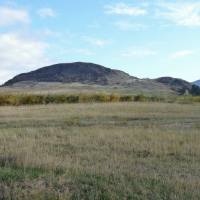

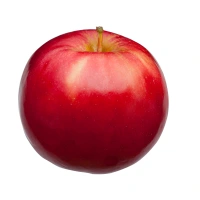
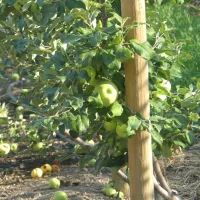
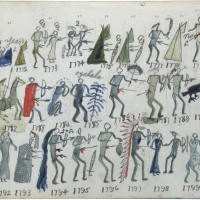
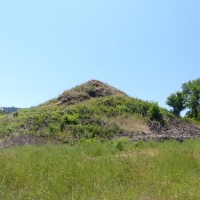

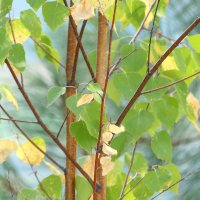
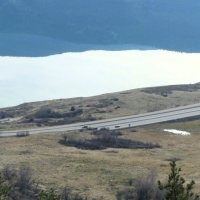
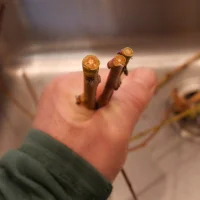
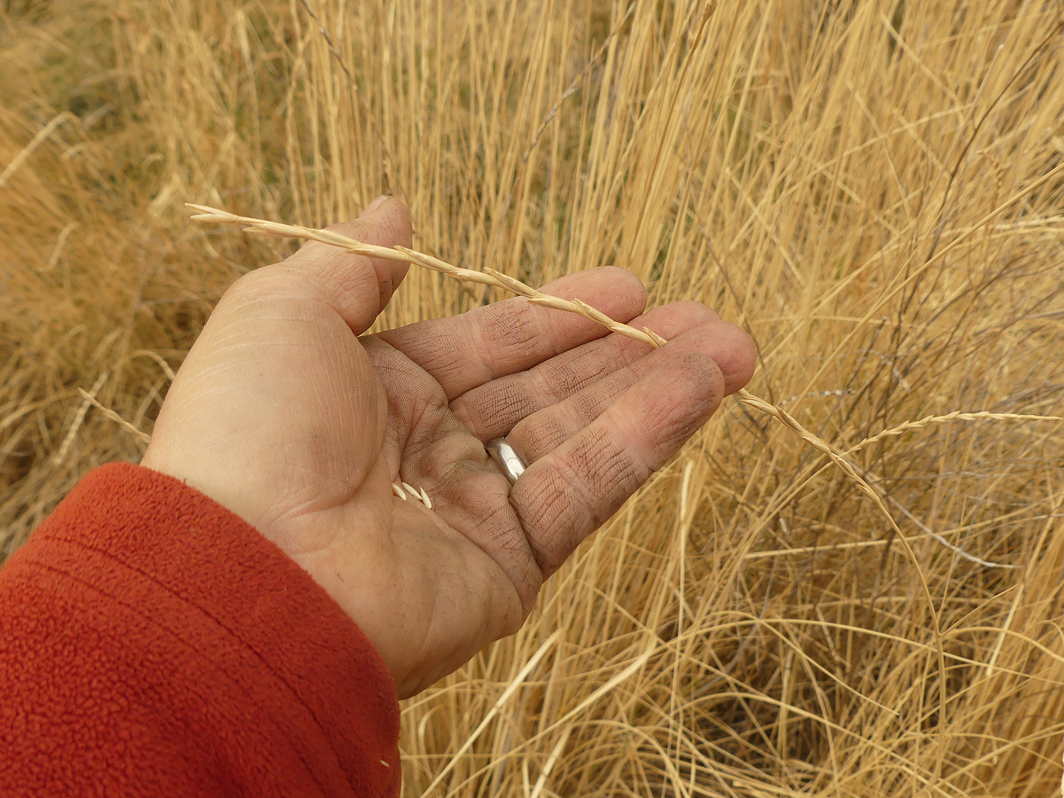


Good one, Harold,another good one.Sent from my Bell Samsung device over Canada’s largest network.
LikeLike
Thanks!
LikeLike
Ég er sammála. Brilliant. Fara að deila því.
LikeLike
Tak fyrir! >
LikeLike
“Canadians and Americans are weeds here. It hurts to say it, but it’s true. We are an invasive species unless we fit into the ecosystem.”
“What has sustained us is our courtly behavior, and the continued good will of the Earth.”
As the globalization of Empire continues – along with courtly behavior, imposed or otherwise – how still misinformed or in stark denial we are to believe that climate disruption – as real and potentially catastrophic as it may be – is core to the problem at hand, which in fact may be a crisis of species, the human species as it has evolved by dint of its own alienation from place, from homeland, from the biosphere.
Evocative journey, Harold, as always. Thanks.
LikeLike
Well said, Lloyd! >
LikeLike